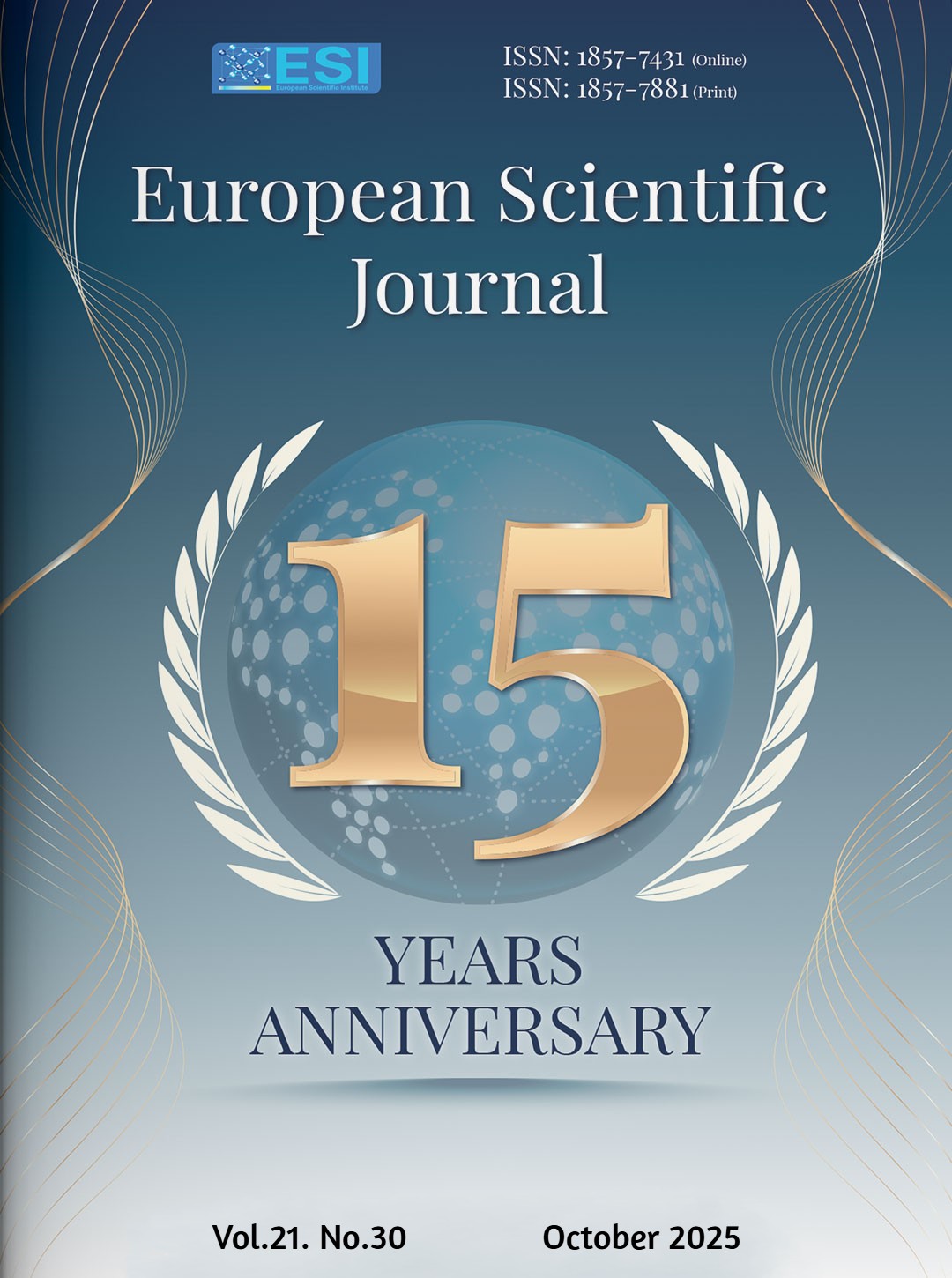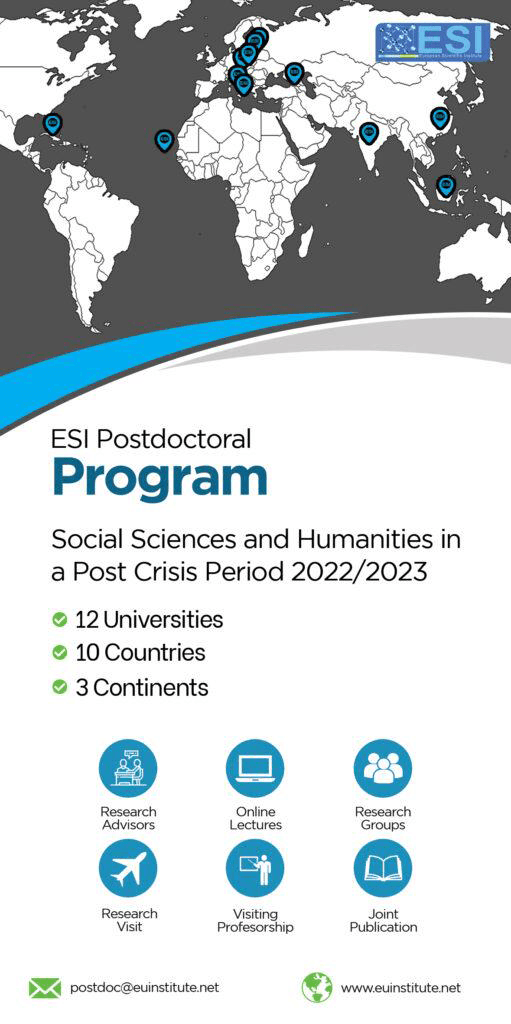Factors Associated with the Non-Use of Modern Contraception in the Djougou-Copargo-Ouaké Health Zone in 2024
Abstract
Introduction: Family planning remains under-utilized in sub-Saharan Africa, despite its contribution to reducing maternal and infant mortality. This study aimed to identify the factors explaining the low use of modern contraceptive methods in the Djougou-Copargo-Ouaké health zone. Materials and methods: A descriptive and analytical cross-sectional study was conducted from June 17 to 21, 2024, in the Djougou-Copargo-Ouaké health zone. Data were collected prospectively from women aged 15–49 years who had been living in the area for at least six months. A proportional stratified random sampling method was used to select participants, and a structured questionnaire was administered in face-to-face interviews by trained community health workers. Data were analyzed using descriptive statistics and multivariate logistic regression to identify factors associated with the non-use of modern contraceptive methods. Results: The prevalence of modern contraceptive use was 12.01%. Several factors were associated with low use of modern contraceptive methods: desire to have children (OR = 0.039; p = 0.001), low level of knowledge about contraceptive methods (OR = 1.88; p = 0.048), lack of awareness of their benefits (OR = 25.93; p = 0.001), and no experience of unwanted pregnancy (OR = 2.07; p = 0.039). Conclusion: These findings highlight the need to raise awareness of modern contraception and to promote the enrolment and retention of young girls in the education system, in order to improve their access to contraceptive methods and strengthen family planning outcomes.
Downloads
Metrics
PlumX Statistics
References
2. Boadu, I. (2022). Modern contraceptive use among women in West Africa: A systematic review. BMC Public Health, 22(1), 225. https://doi.org/10.1186/s12889-022-12503-1
3. Christin-Maitre, S. (2022). La contraception à travers le monde. Médecine/Sciences, 38(5), 457–463. https://doi.org/10.1051/medsci/2022058
4. Dramé, L., Kolié, D., Sidibé, S., Yombouno, J. F., & Delamou, A. (2023). Factors associated with contraceptive method use among young female students in rural Guinea. Santé Publique, 35(6), 129–140. https://doi.org/10.3917/spub.236.0129
5. Guttmacher Institute. (2016). Adding it up: Costs and benefits of contraceptive services—Estimates for 2016. Guttmacher Institute. https://www.guttmacher.org/fact-sheet/adding-it-up-contraceptive-services-2016
6. Institut National de la Statistique et de l’Analyse Économique (INSAE). (2019). Fifth demographic and health survey in Benin (EDSB-V) 2017–2018. INSAE. https://instad.bj/images/docs/insae-statistiques/enquetes-recensements/EDS/2017-2018/1.Benin_EDSBV_Rapport_final.pdf
7. Institut National d’Études Démographiques (INED). (2020). Maternal mortality in the world. https://www.ined.fr/fichier/s_rubrique/263/fichier.fiche.peda.mortalite.maternelle.monde.fr.pdf
8. Maina, B. W., Mutua, M. K., & Kimani, M. (2024). Trends and determinants of contraceptive use in sub-Saharan Africa: Evidence from demographic health surveys. Reproductive Health, 21(1), 45. https://doi.org/10.1186/s12978-024-01756-1
9. Maina, O., Souleymane, O. G., Oumarou, S. D., Hamidou, S. D., & Madi, N. (2024). La contraception de longue durée d’action réversible : Une étude prospective dans une maternité universitaire du Niger. Health Sciences and Disease, 25(9). http://www.hsd-fmsb.org/index.php/hsd/article/view/6036
10. Mbacké Leye, M. M., Faye, A., Diongue, M., Wone, I., Seck, I., Ndiaye, P., & Tal Dia, A. (2015). Determinants of modern contraceptive use in the health district of Mbacké (Senegal). Santé Publique, 27(1), 107–116. https://doi.org/10.3917/spub.151.0107
11. Sossa, F. (2019). Relationship between parental education and child mortality in Benin (Master’s thesis, Université de Montréal). Papyrus Institutional Repository. https://papyrus.bib.umontreal.ca/xmlui/handle/1866/23412
12. United Nations Population Fund (UNFPA). (2023). Planification familiale. UNFPA. https://www.unfpa.org/fr/node/28592
13. United Nations Population Fund (UNFPA). (2023). World population report 2023: 8 billion lives, infinite possibilities. UNFPA. https://www.unfpa.org/resources/state-world-population-2023
14. World Health Organization (WHO). (2022). Contraception. WHO. https://www.who.int/health-topics/contraception
15. World Health Organization (WHO). (2023). Family planning and contraception. WHO. https://www.who.int/news-room/fact-sheets/detail/family-planning-contraception
Copyright (c) 2025 M.K. Zinvokpodo, A. Noudamadjo, R.C.S. Zinvokpodo, C.N. Ignace Tokpanoude, J.G.N.K. Tchilamessi, F. Yeni Mpo

This work is licensed under a Creative Commons Attribution 4.0 International License.








